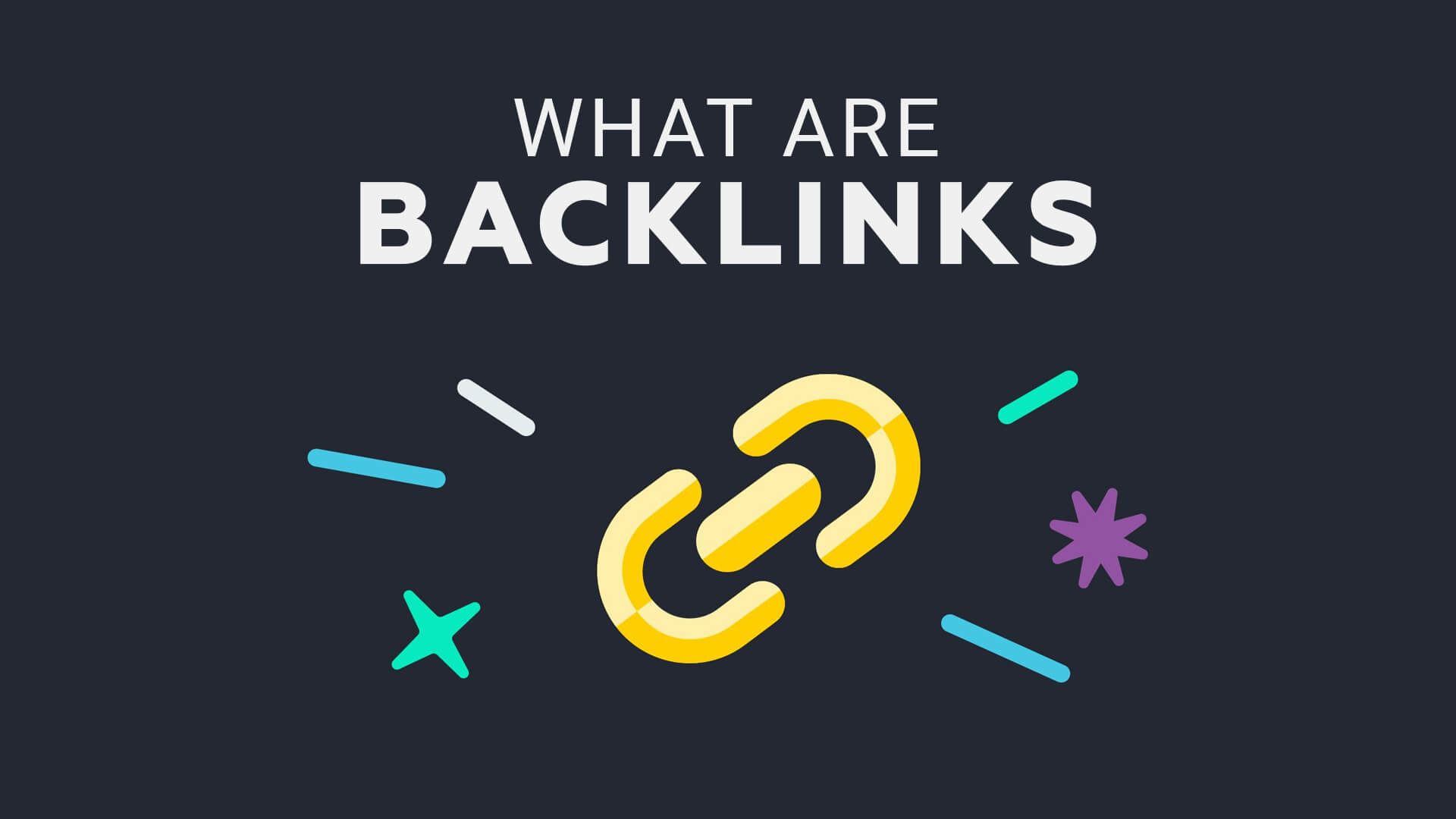In today’s digital age, the power of online presence is undeniable. For businesses, understanding the technical aspects of online marketing, particularly SEO (Search Engine Optimization), has become crucial for staying ahead in a competitive market. One key concept in SEO that’s gaining attention is backlinks. While backlinks are often associated with website content, many are overlooking their potential within logos. This article explores the significance of backlinks in logos, how they work, and why integrating them can be an innovative strategy for improving online visibility and SEO.
What Are Backlinks?
Before we dive into the specific role of backlinks in logos, it’s important to understand what backlinks are. Backlinks, often referred to as inbound links, are links from one website to another. These links serve as a vote of confidence in the content or authority of the linked site. When a reputable site links to your website, search engines interpret this as a sign that your site is trustworthy and valuable, often leading to higher rankings in search results.
Backlinks play a significant role in SEO because they tell search engines that others are vouching for the quality of your content. The more high-quality backlinks a website receives, the more authoritative it appears in the eyes of search engines like Google, which can result in increased organic traffic.
The Role of Logos in Online Branding
A logo is a key element in any business’s branding strategy. It’s the visual representation of a company’s identity, values, and mission. Logos are often the first thing consumers notice about a brand, and they are used consistently across all marketing materials, websites, social media profiles, and products. A well-designed logo can create a strong, memorable impression that resonates with potential customers.
But logos do more than just represent a brand visually. They also play a significant role in the digital landscape, especially in terms of how companies are perceived by both users and search engines. Given that logos are often present on a business’s homepage and across various digital touchpoints, they can become an important part of a brand’s SEO strategy when leveraged correctly.
Backlinks in Logos: A New Trend in SEO
The concept of backlinks in logos is relatively new in the SEO world, but it’s quickly gaining traction. So, how do backlinks and logos intersect, and why are they important for SEO?
Hyperlinking the Logo
The most common form of backlinks in logos is embedding hyperlinks within the logo itself. For instance, businesses often place their logo on their website’s homepage, and this logo can be linked to a relevant page (like the home page, about us page, or contact page). The link in the logo can direct visitors to an external website, creating an outbound backlink for the business.
While backlinks are usually associated with textual content, logos can also act as a valuable medium for embedding backlinks. By embedding a hyperlink within the logo, businesses can provide an easy and convenient way for visitors to access another page on the website or an external affiliate site.
For example, many e-commerce websites and blogs will link their logos to product pages, category pages, or other related content, driving both traffic and SEO value to those pages.
Backlinking through Sponsored Logos or Partnerships
Another way backlinks in logos can work is through sponsored logos or brand partnerships. Companies often collaborate with other businesses, organizations, or influencers, and display each other’s logos on their websites. In these cases, the logo not only represents the business but also acts as a backlink to the other party’s site.
For instance, a business might display a partner company’s logo on their homepage or product page as part of a mutual marketing agreement. In this scenario, the partner’s logo, when clicked, can serve as a backlink, improving visibility for both parties. This can boost SEO and help build trust, particularly if the logos of well-established companies are involved.
Leveraging Logo as a Brand Recognition Tool for Backlinks
When a business logo is consistently displayed across a variety of digital platforms, it increases brand recognition and visibility. This visibility can indirectly result in backlinks from other websites. For example, a company with a strong online presence and a recognizable logo may be more likely to get linked to by news outlets, blogs, and industry websites. While the backlinks might not be embedded within the logo itself, the presence of the logo helps build brand credibility, which can lead to increased backlinks over time.
The SEO Benefits of Backlinks in Logos
Integrating backlinks in logos is a strategic move that can provide several benefits for a business’s SEO efforts. Let’s break down the potential advantages:
- Improved Organic Traffic
By embedding backlinks within your logo, you are essentially creating an additional link that can drive traffic to your website. Whether the link leads to your homepage, a specific product page, or an external affiliate page, this added link can boost your website’s organic search traffic.
- Boost in Brand Visibility
When logos are linked to external websites or partner pages, they create a network of backlinks that can help raise the visibility of both your brand and the linked business. This is particularly effective in collaborations where multiple businesses with large audiences display each other’s logos. The backlinks help introduce the brand to new audiences, leading to better exposure and potentially more backlinks from other sites.
- Stronger SEO Signal to Search Engines
Backlinks are one of the most important ranking factors for search engines. By strategically adding backlinks within your logo, you can increase the number of inbound links pointing to your site. This helps reinforce your website’s authority in the eyes of search engines, contributing to better search rankings and visibility.
- Enhancing Trust and Credibility
Having backlinks from trusted and high-authority websites, especially those embedded in logos, can significantly boost your website’s credibility. Logos are often associated with professionalism, and when your logo is linked to a reputable source, it sends a positive signal to both search engines and potential customers.
Best Practices for Adding Backlinks in Logos
Integrating backlinks in logos requires a thoughtful approach. Here are some best practices to follow:
- Ensure the Link is Relevant
When adding a backlink in your logo, make sure that the link is relevant to the content or business that the logo represents. Irrelevant or spammy links could harm your SEO efforts and damage your brand’s credibility.
- Use Descriptive Anchor Text
While the logo itself serves as a visual element, the anchor text for the link should be descriptive and relevant. Using keyword-rich anchor text can improve the chances of the linked page ranking higher in search results.
- Avoid Overloading the Logo with Links
While it’s tempting to add multiple backlinks within a logo, it’s important not to overdo it. Too many links can appear spammy and hurt the user experience. Keep it simple and ensure the link serves a clear purpose.
- Leverage Partnerships and Sponsorships
Consider incorporating backlinks through partnerships and sponsorships. By displaying a partner’s logo on your site with a link back to their website, you create a mutually beneficial relationship that strengthens SEO for both parties.
- Monitor and Update Links Regularly
Backlinks within logos should be monitored regularly to ensure they remain functional and relevant. Broken or outdated links can hurt your SEO efforts and affect user experience.
Challenges and Considerations
While backlinks in logos can be a valuable tool for boosting SEO, there are also some challenges to consider. First, embedding too many backlinks within your logo can be distracting and negatively impact user experience. Second, improper or excessive use of backlinks could potentially be seen as an attempt to manipulate search engine rankings, leading to penalties.
Additionally, not all search engines treat logos with embedded backlinks the same way they treat traditional text-based backlinks. Some search engines might give logos less SEO value than regular backlinks.
Conclusion
Incorporating backlinks in logos is an innovative and emerging trend in SEO. By strategically using logos to link to valuable content or external websites, businesses can improve their organic traffic, boost SEO rankings, and enhance brand visibility. While logos primarily serve as a branding tool, when coupled with backlinks, they become even more powerful in the digital marketing landscape.
As SEO continues to evolve, businesses must adapt and experiment with new techniques to stay competitive. Backlinks in logos offer a unique way to blend branding with SEO, driving valuable results for businesses looking to enhance their online presence. By leveraging this strategy correctly, companies can unlock new opportunities for increased traffic, higher search engine rankings, and stronger brand recognition.

